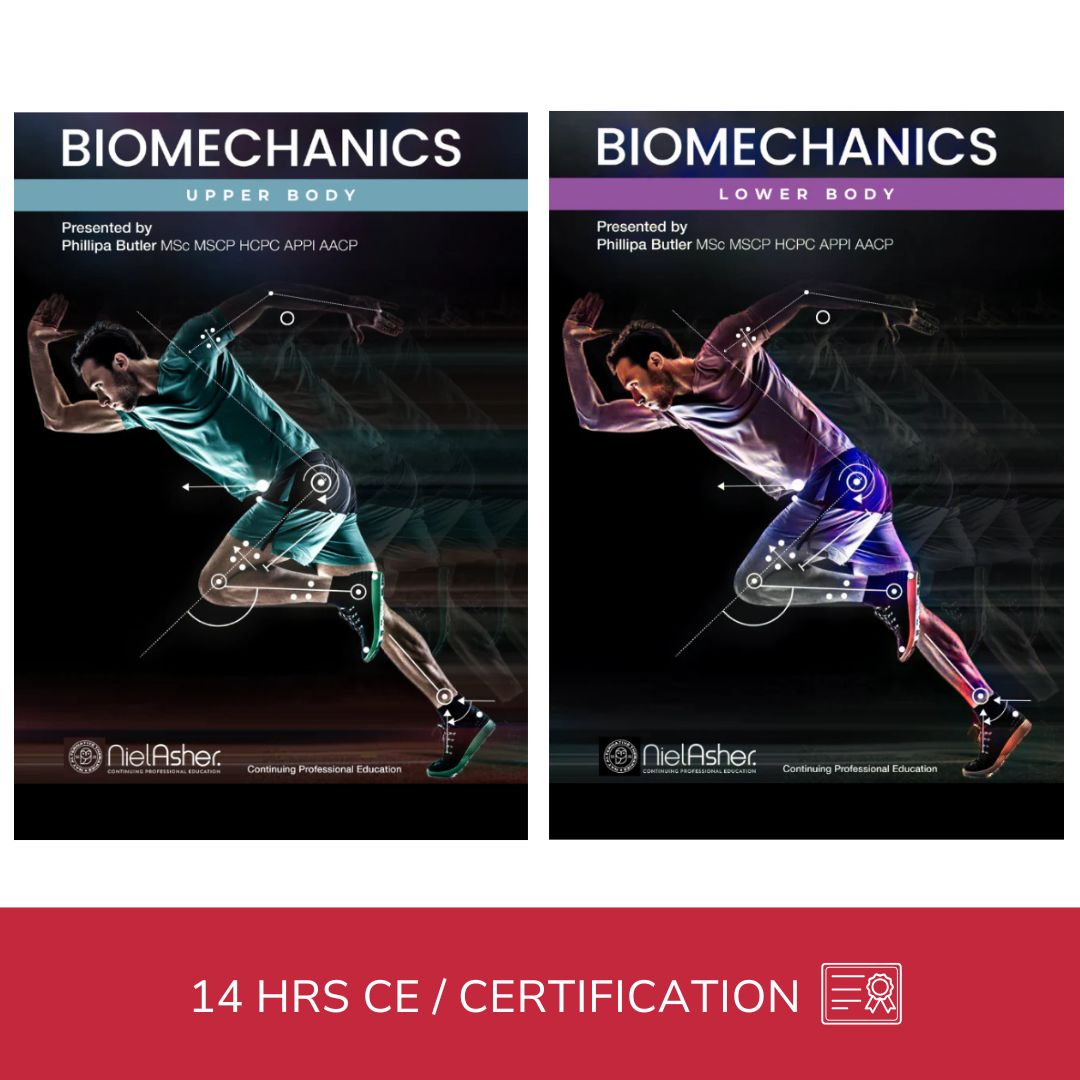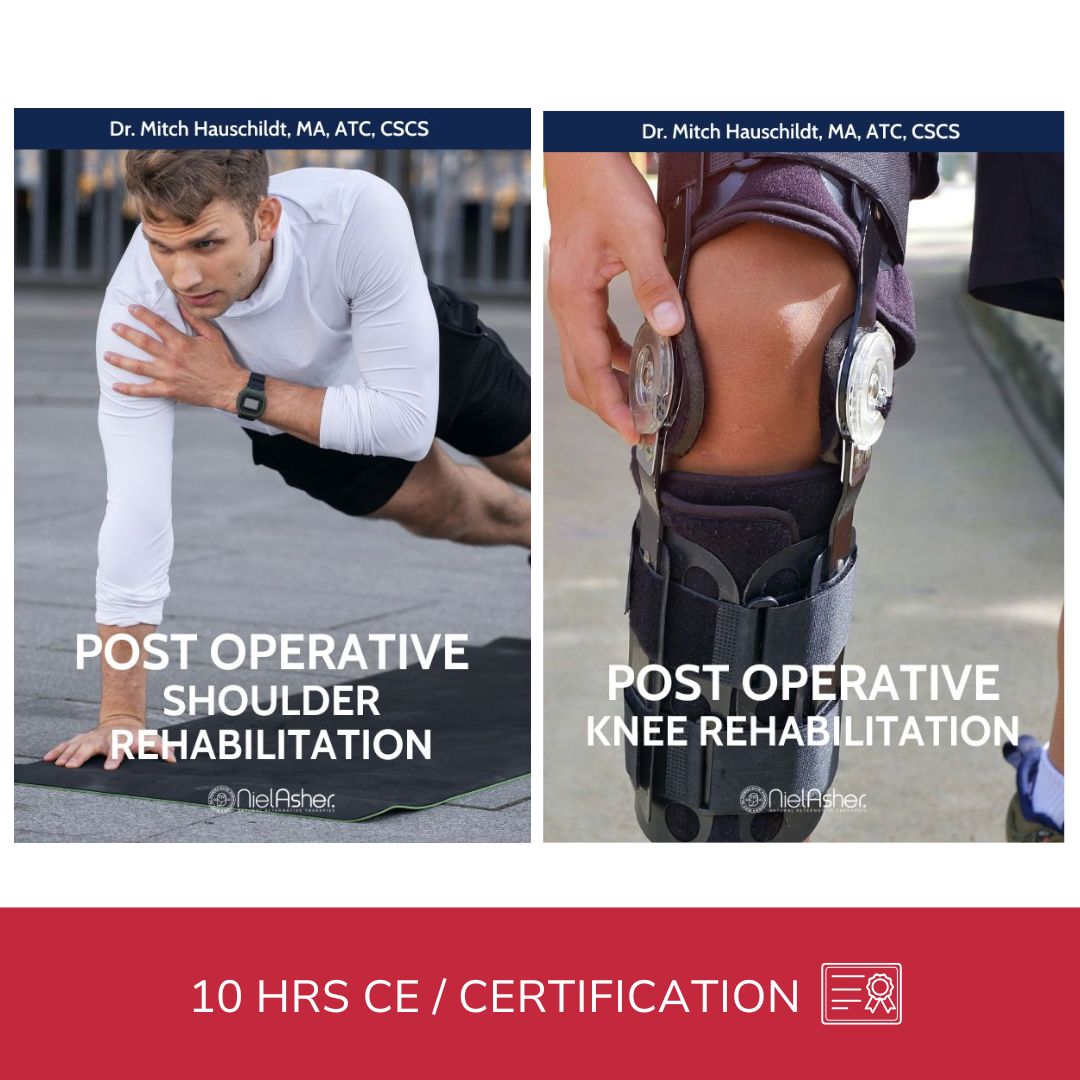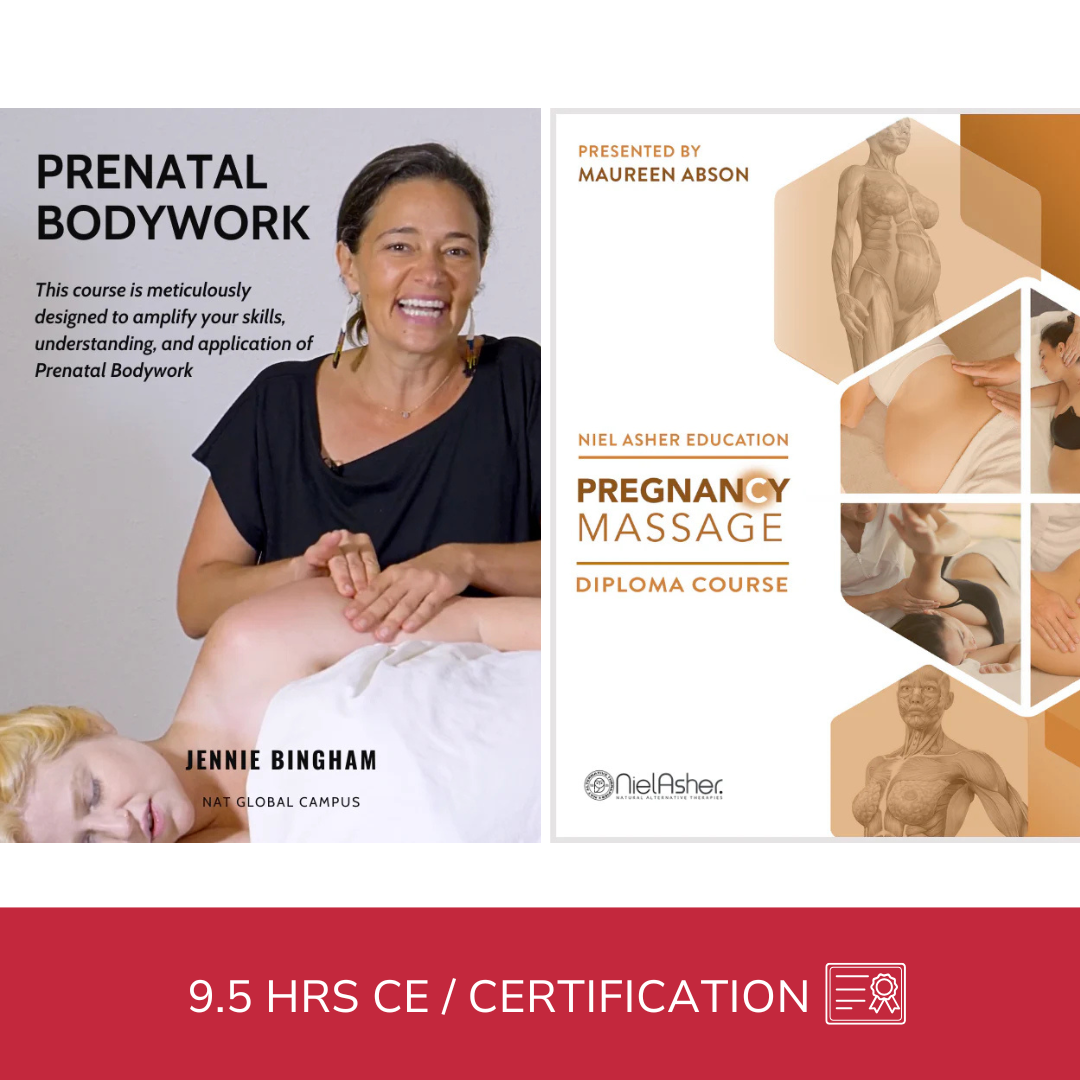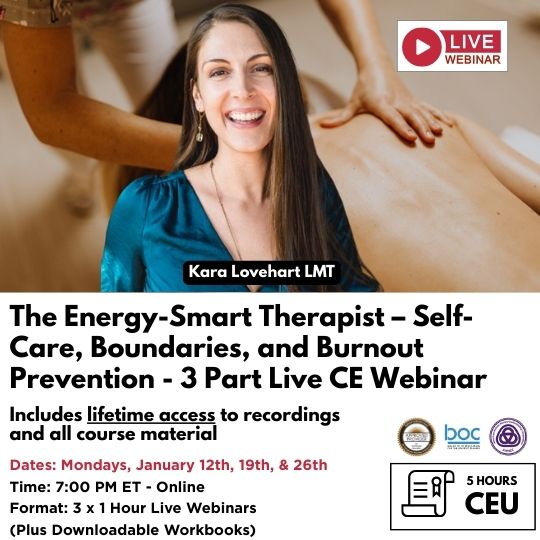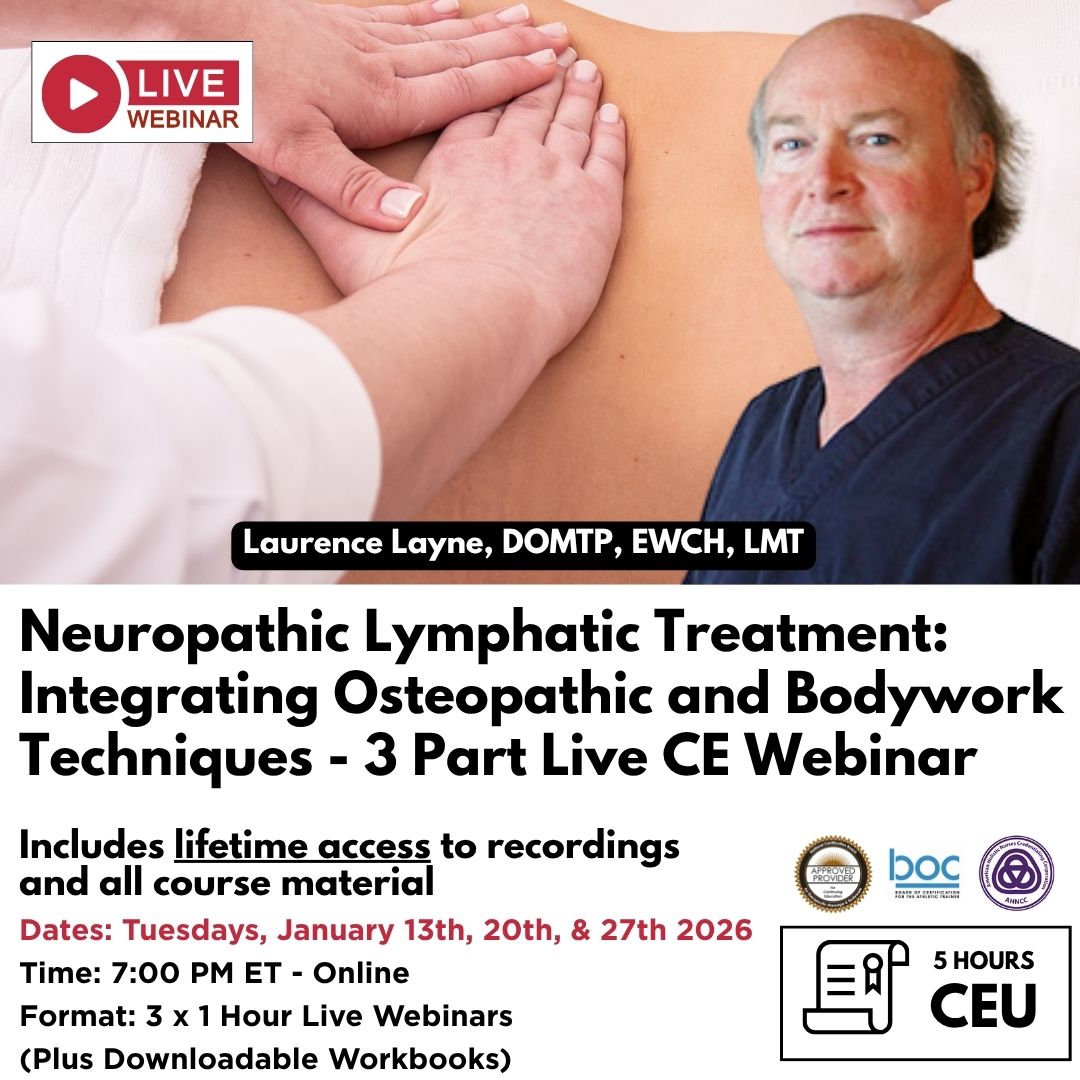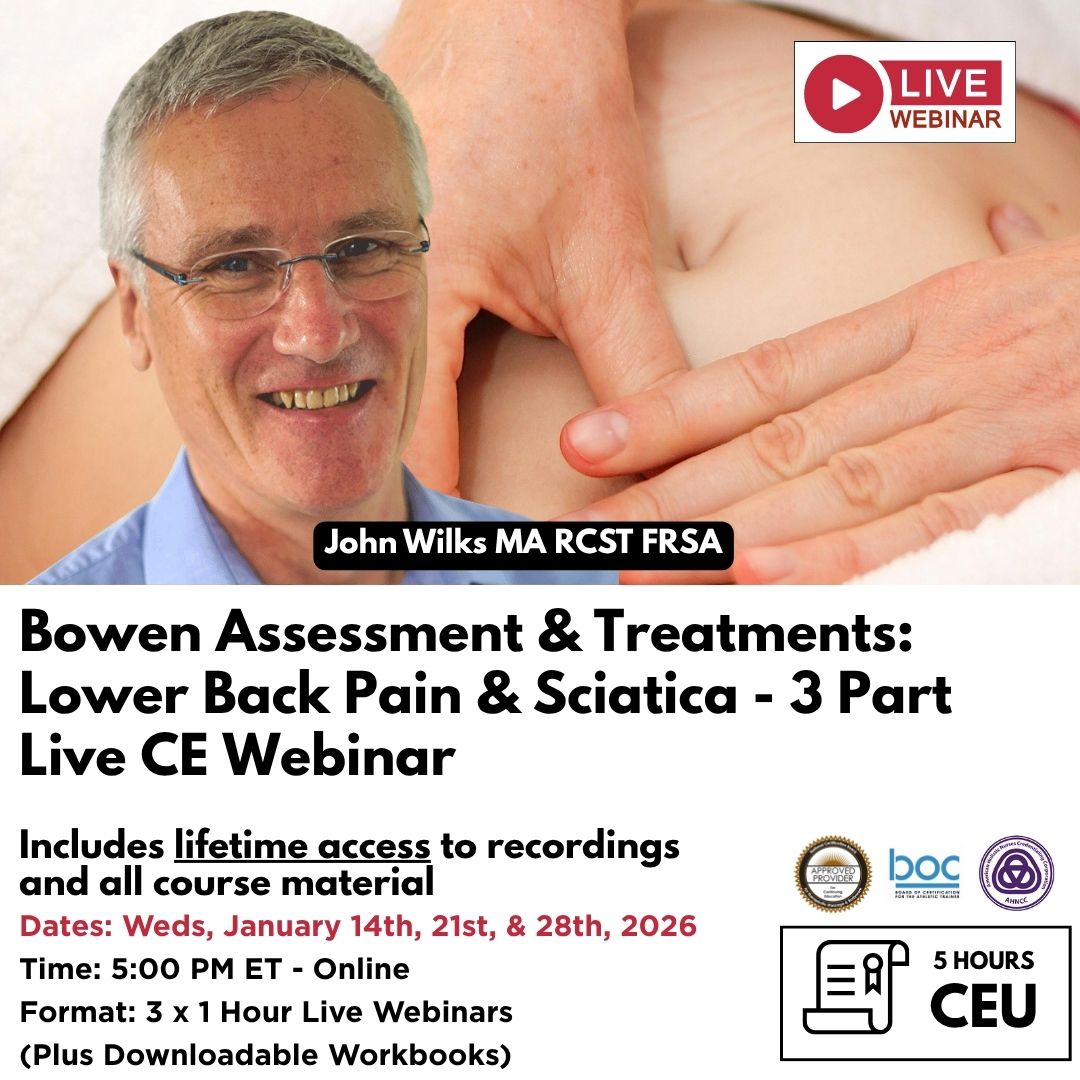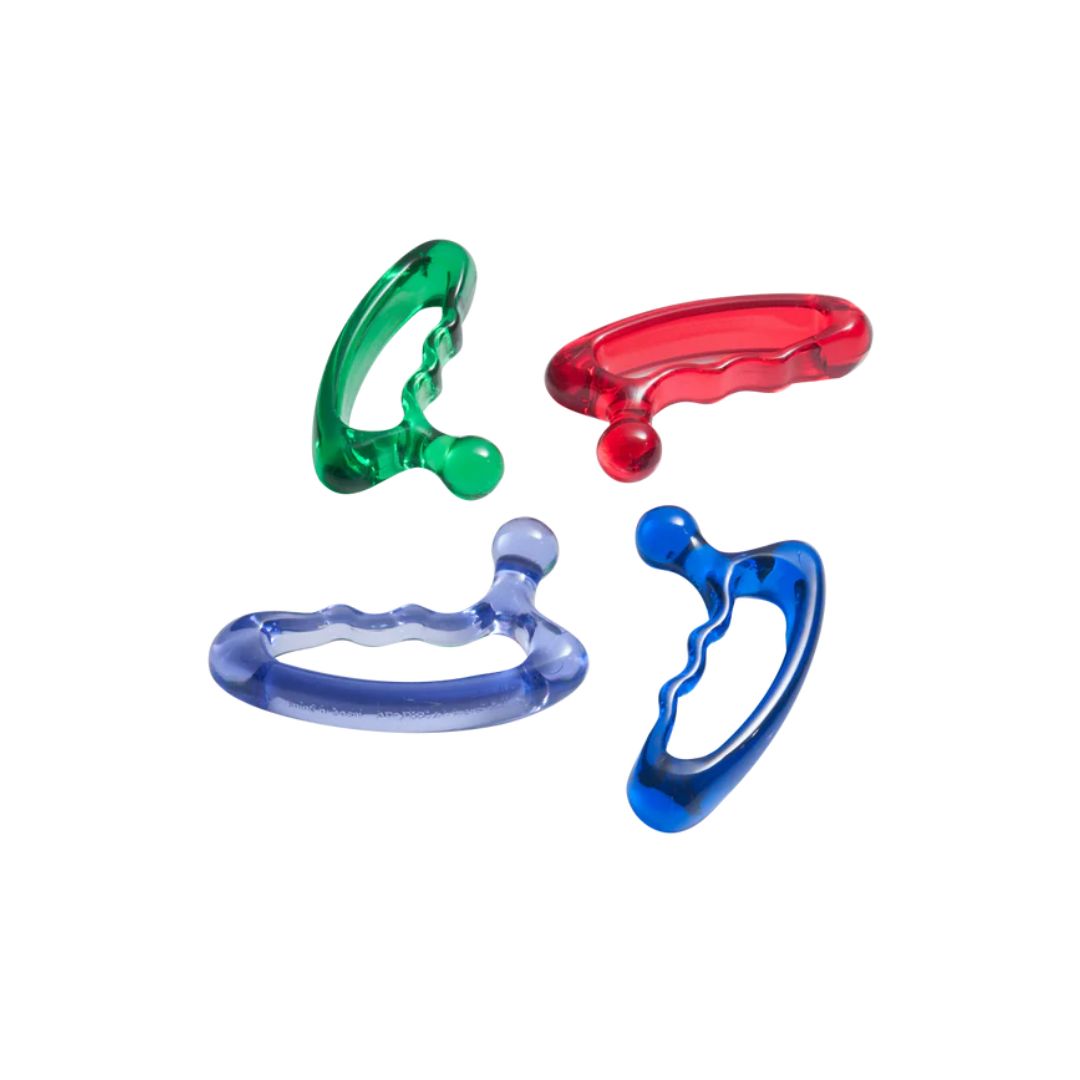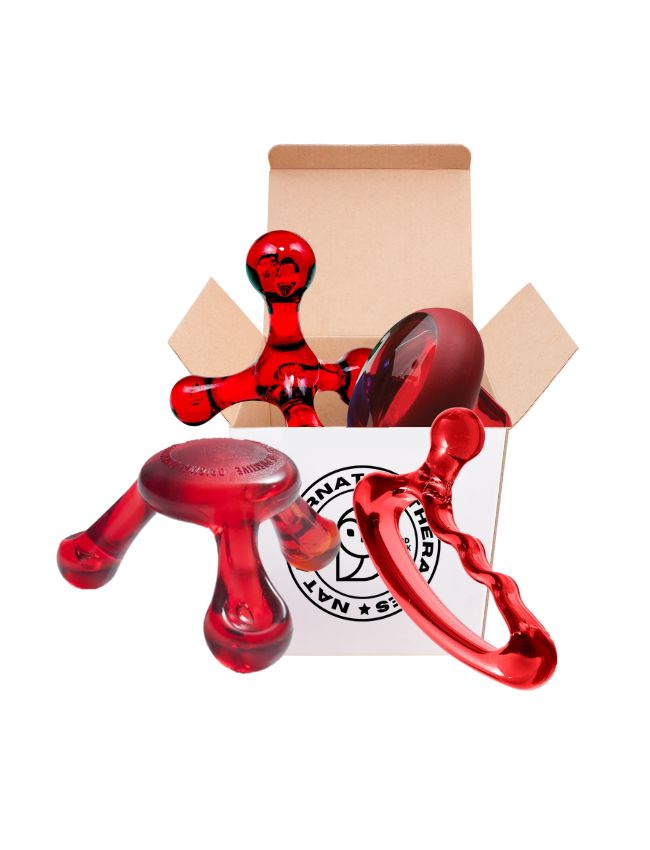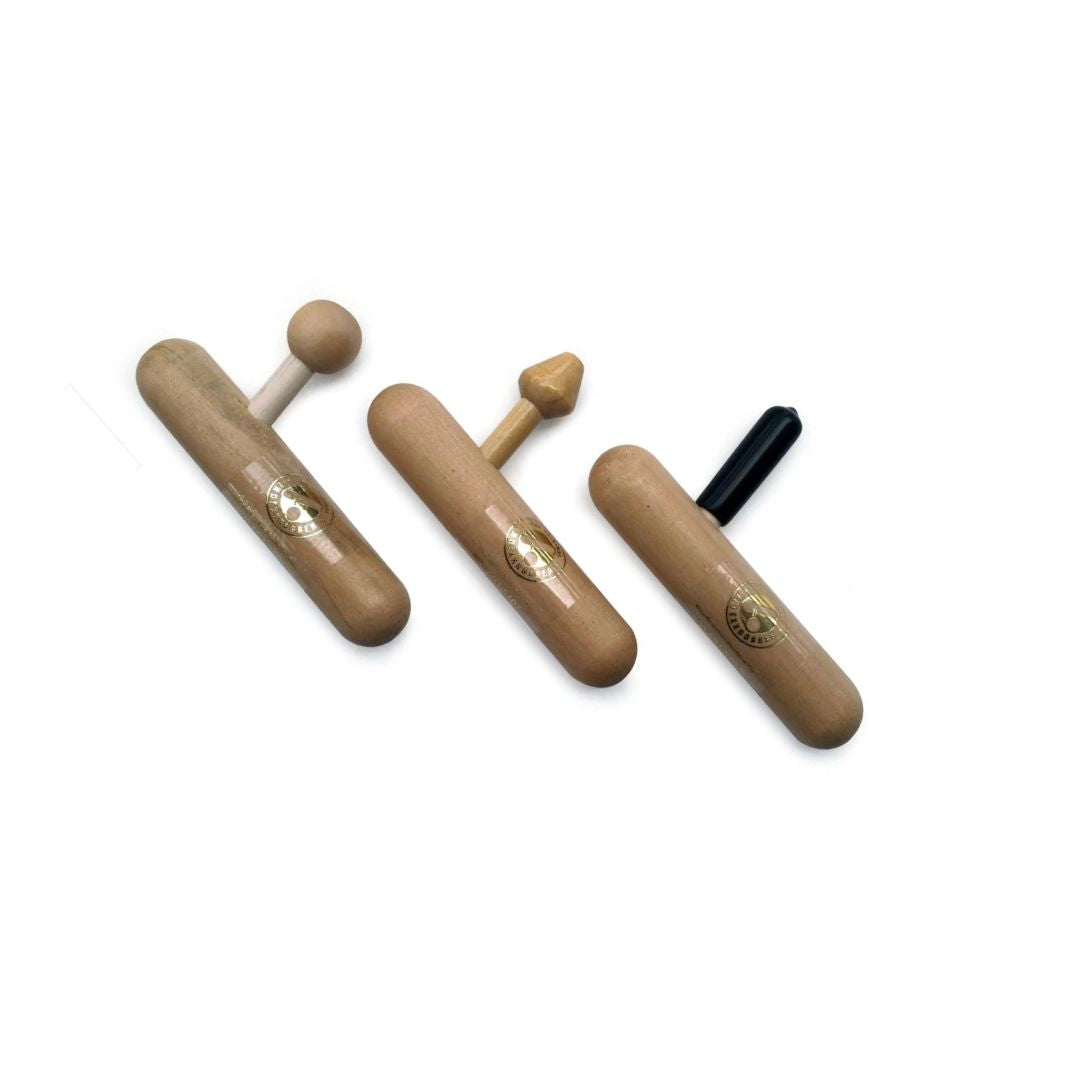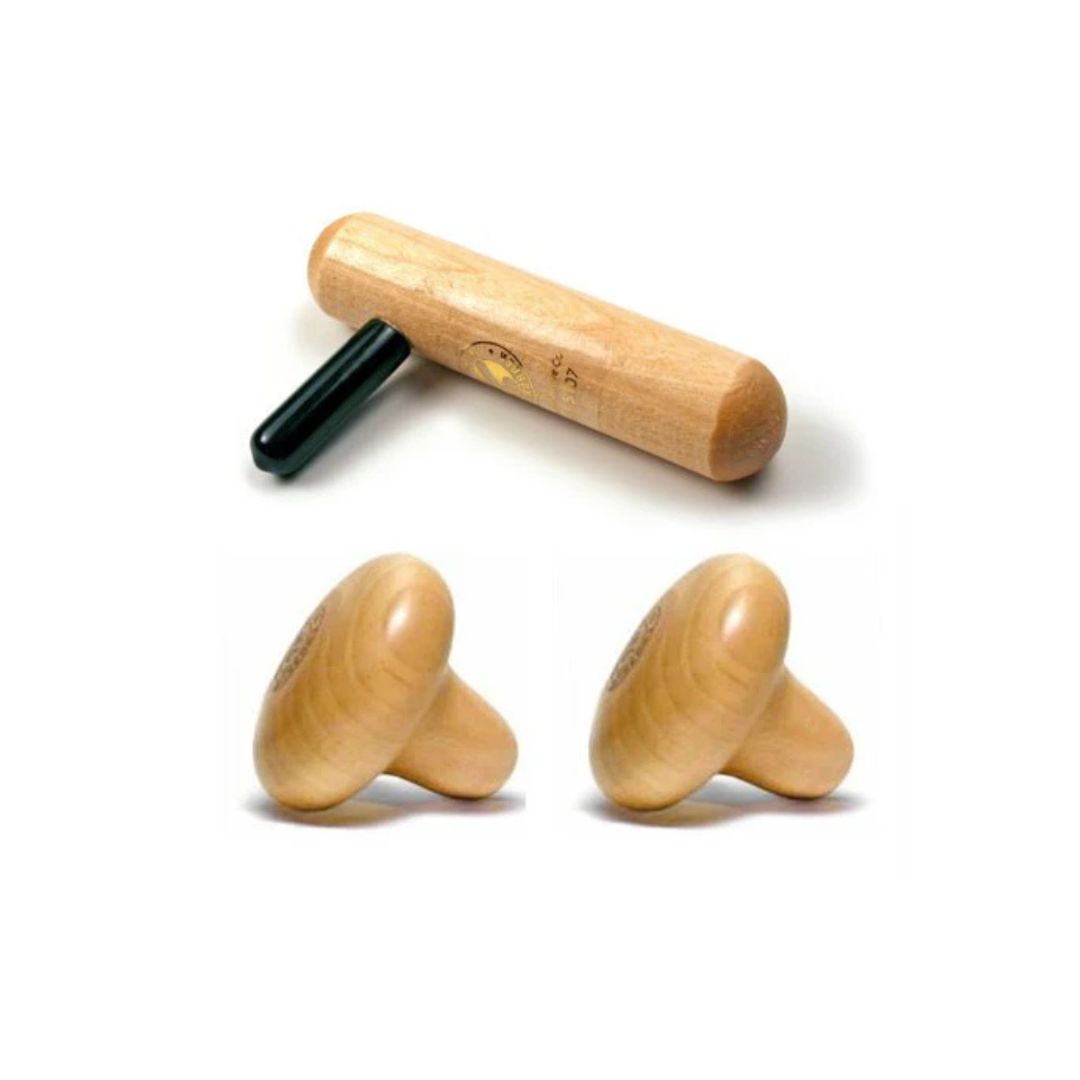Trigger Point Therapy - Great Stretches for Latissimus Dorsi
MET for Stretching Latissimus Dorsi
Common daily activities such as gardening can lead to active trigger points in latissimus dorsi which in turn can lead to painful and debilitating symptoms
Trigger points in this large muscle can be associated with a number of common conditions including:-
“Thoracic” back pain that is constant in nature and unrelated to activity; frozen shoulder; thoracic outlet syndrome; back pain turning in bed; dull ache under shoulder blade; a sharp pain in the back of shoulder when resting on elbows; or pain reported when lifting the arms (ex. reaching up to a shelf or changing a light bulb).
These trigger points are often caused by golf, racquet sports, swimming, baseball, rowing, heavy lifting or gardening, and may also be caused by prolonged use of a poor-fitting bra.
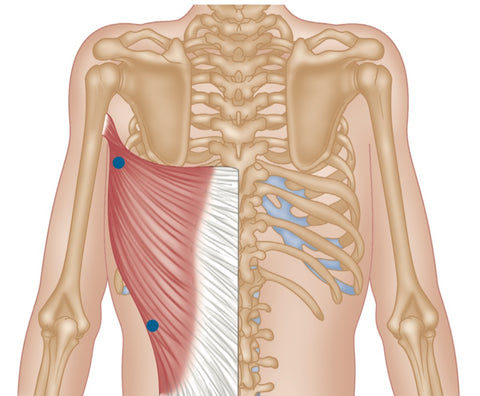
Latissimus Dorsi - Common Trigger Point Sites
Self Help
Simple daily stretching may help prevent latent trigger points becoming active and can also provide some relief from pain for those who are affected by painful active trigger points.
Here are three more stretches that just about anyone can do at home or at the workplace. These are especially important for those who work out at the gym using heavy weights or people whose work involves heavy lifting.
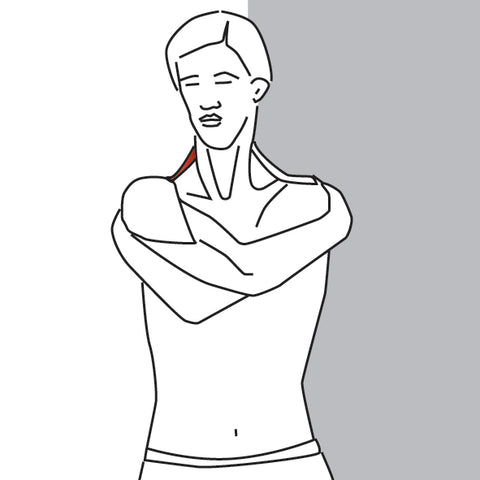
Technique:
• Stand upright• Wrap your arms around your shoulders as if hugging yourself
• Pull your shoulders back
Primary muscles:
Trapezius. Rhomboids. Latissimus dorsi. Posterior deltoid.
Secondary muscles:
Infraspinatus. Teres minor.
Injury where stretch may be useful:
Dislocation. Subluxation. Acromioclavicular separation. Sternoclavicular separation. Impingement syndrome. Rotator cuff tendonitis. Shoulder bursitis. Frozen shoulder (adhesive capsulitis).
Note:
Perform the stretch slowly, especially when pulling your shoulders.
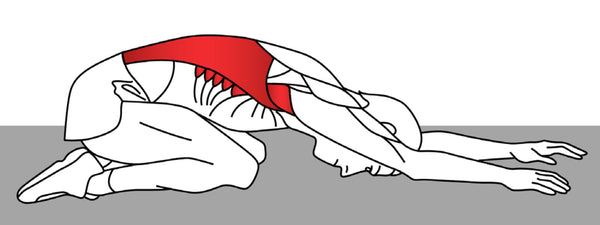
Technique:
• Kneel on the ground• Reach forward with your hands
• Let your head fall forwards as you lean
• Push your buttocks towards your feet
Primary muscles:
Latissimus dorsi.
Secondary muscles:
Teres major. Serratus anterior.
Injury where stretch may be useful:
Lower back muscle strain. Lower back ligament sprain. Cervical nerve stretch syndrome. Shoulder bursitis.
Note:
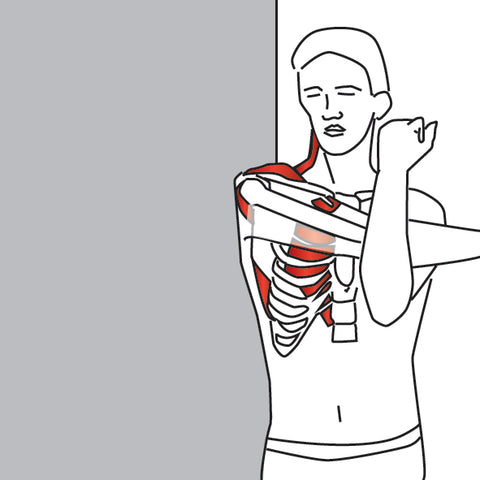
Technique:
• Extend one arm across your body
• Raise your other arm so that it is parallel to the ground
• Pull your elbow towards your opposite shoulder
Primary muscles:
Secondary muscles:
Infraspinatus. Teres minor.
Injury where stretch may be useful:
Dislocation. Subluxation. Acromioclavicular separation. Sternoclavicular separation. Impingement syndrome. Rotator cuff tendonitis. Shoulder bursitis. Frozen shoulder (adhesive capsulitis).
Note:
Keep your arm straight and parallel to the ground during this stretch.
Disclaimer
This blog and video is for general informational purposes only and does not constitute the practice of medicine, nursing, or other professional healthcare services, including the giving of medical advice. No doctor-patient relationship is formed. The use of this information and the materials linked to this blog and video is at the user's own risk. The content on this blog and video is not intended to be a substitute for professional medical advice, diagnosis, or treatment. Users should not disregard or delay in obtaining medical advice for any medical condition they have, and they should seek the assistance of their healthcare professionals for any such conditions.
About Niel Asher Education
Niel Asher Education (NAT Global Campus) is a globally recognised provider of high-quality professional learning for hands-on health and movement practitioners. Through an extensive catalogue of expert-led online courses, NAT delivers continuing education for massage therapists, supporting both newly qualified and highly experienced professionals with practical, clinically relevant training designed for real-world practice.
Beyond massage therapy, Niel Asher Education offers comprehensive continuing education for physical therapists, continuing education for athletic trainers, continuing education for chiropractors, and continuing education for rehabilitation professionals working across a wide range of clinical, sports, and wellness environments. Courses span manual therapy, movement, rehabilitation, pain management, integrative therapies, and practitioner self-care, with content presented by respected educators and clinicians from around the world.
Known for its high production values and practitioner-focused approach, Niel Asher Education emphasises clarity, practical application, and professional integrity. Its online learning model allows practitioners to study at their own pace while earning recognised certificates and maintaining ongoing professional development requirements, making continuing education accessible regardless of location or schedule.
Through partnerships with leading educational platforms and organisations worldwide, Niel Asher Education continues to expand access to trusted, high-quality continuing education for massage therapists, continuing education for physical therapists, continuing education for athletic trainers, continuing education for chiropractors, and continuing education for rehabilitation professionals, supporting lifelong learning and professional excellence across the global therapy community.
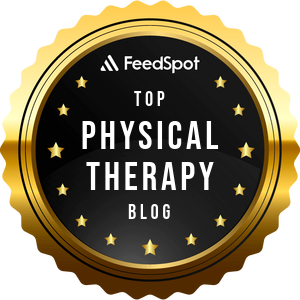
Continuing Professional Education
Looking for Massage Therapy CEUs, PT and ATC continuing education, chiropractic CE, or advanced manual therapy training? Explore our evidence-based online courses designed for hands-on professionals.

